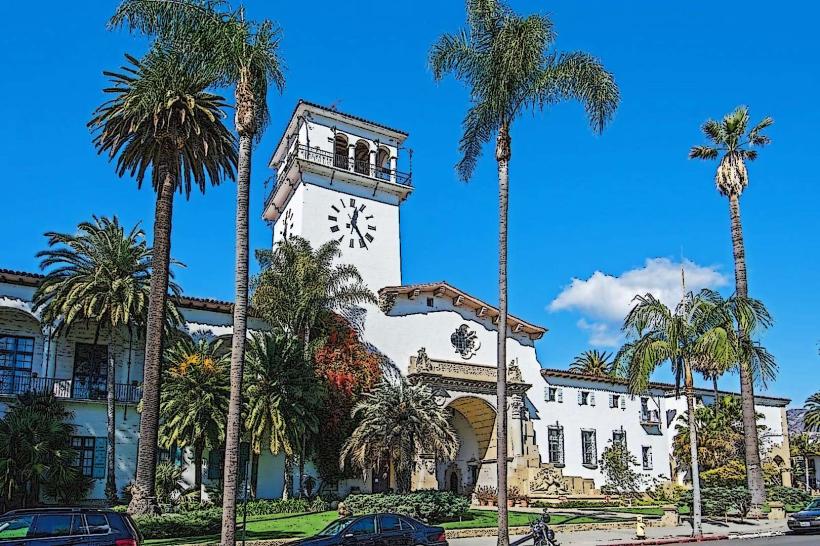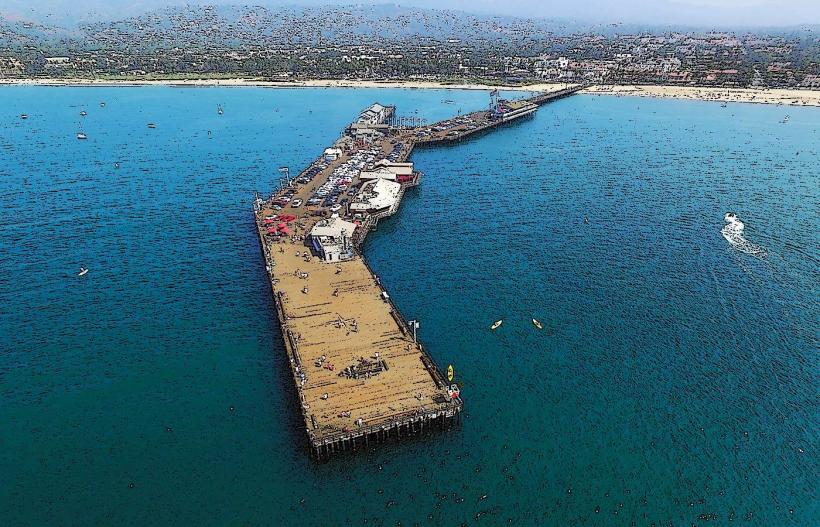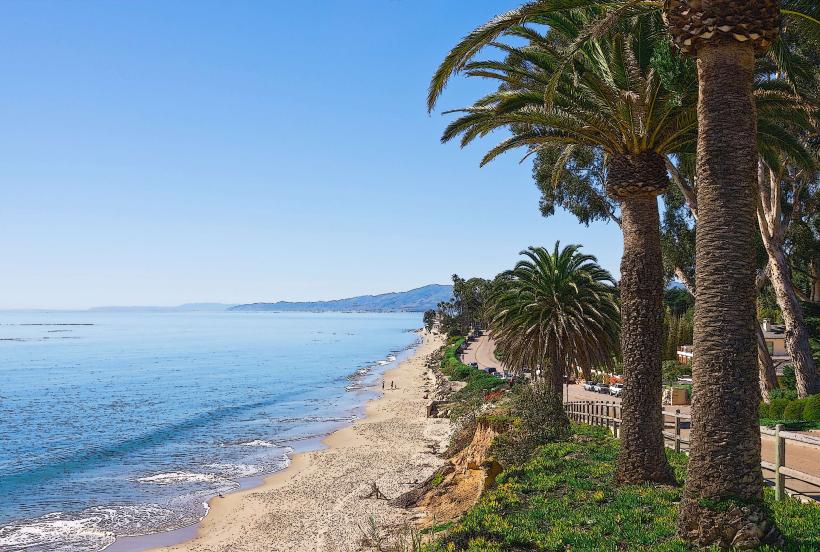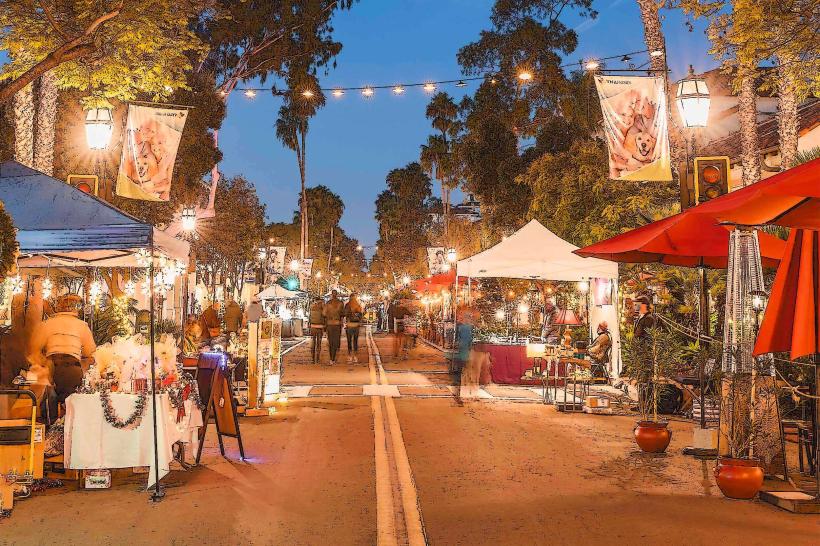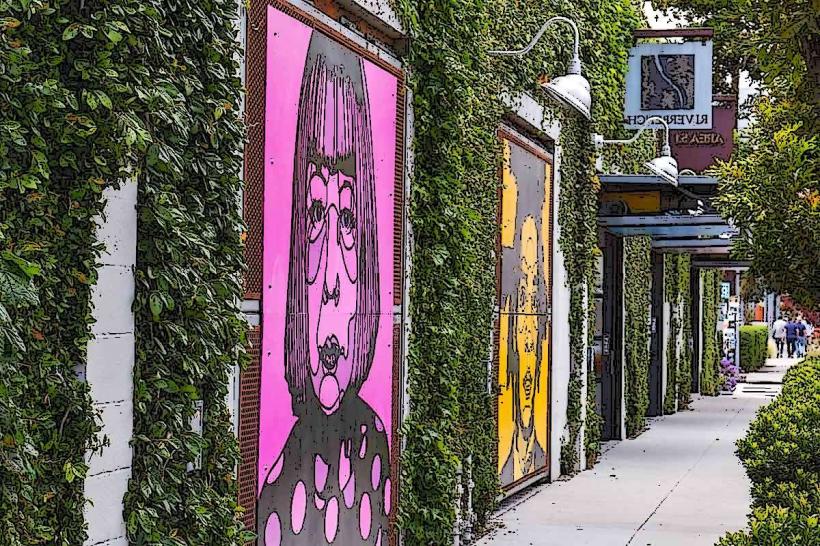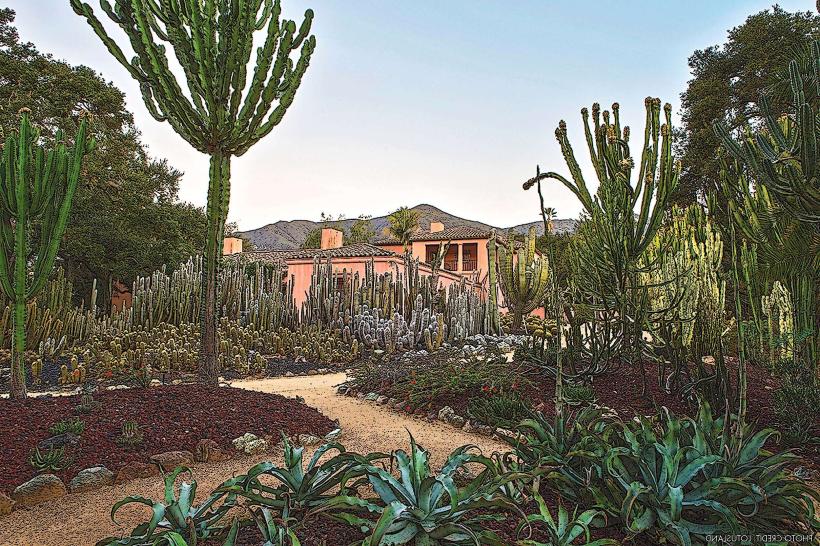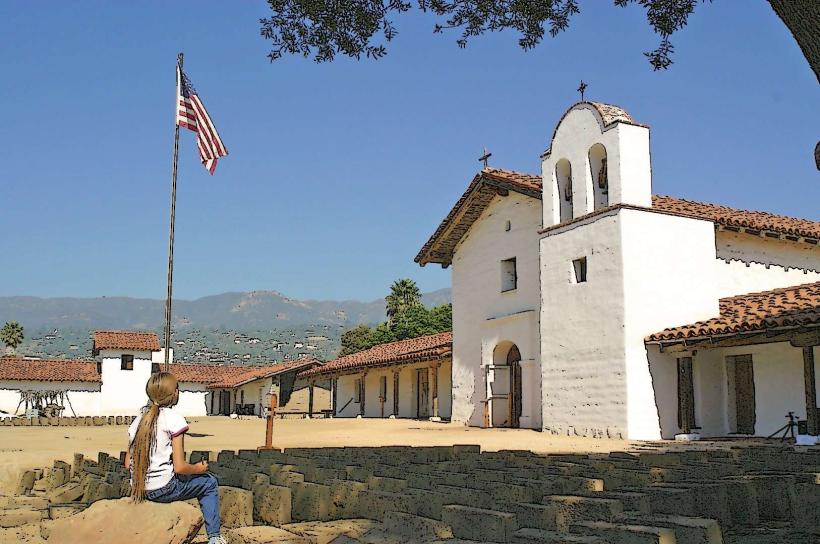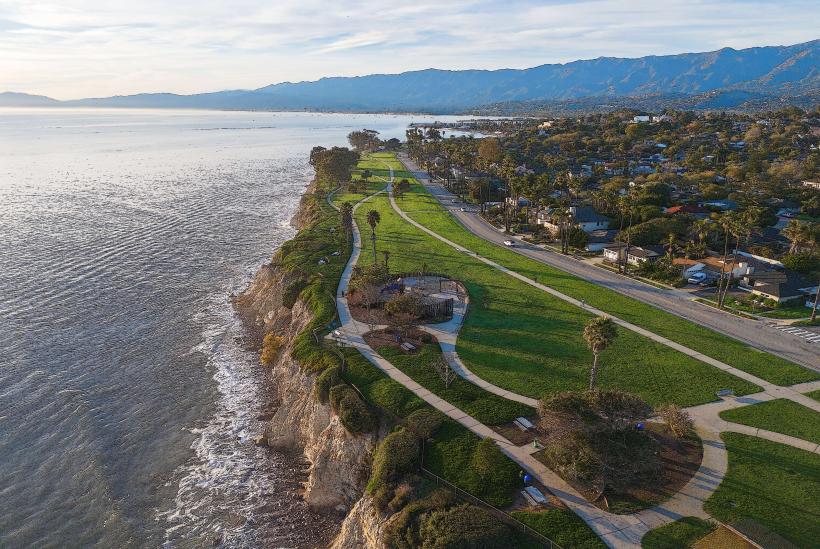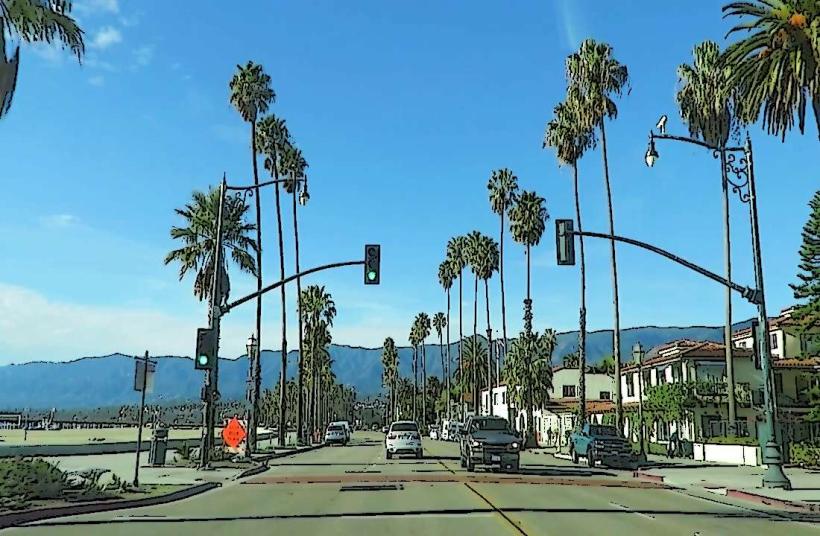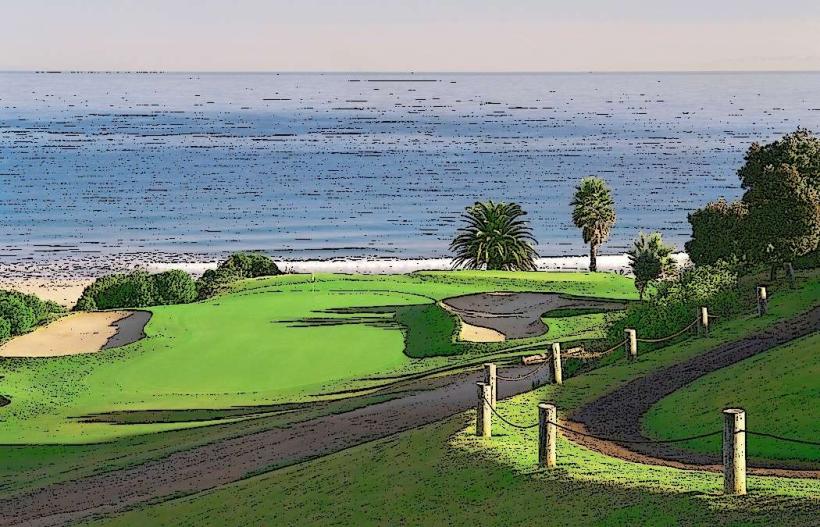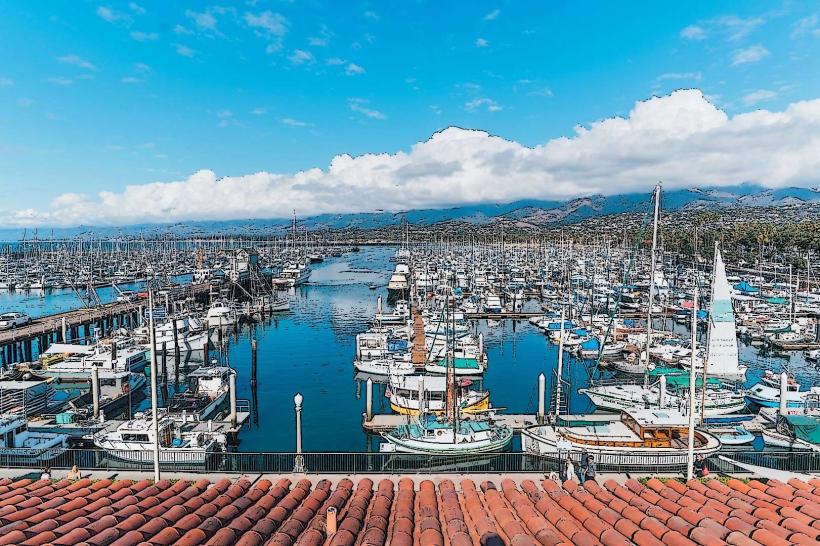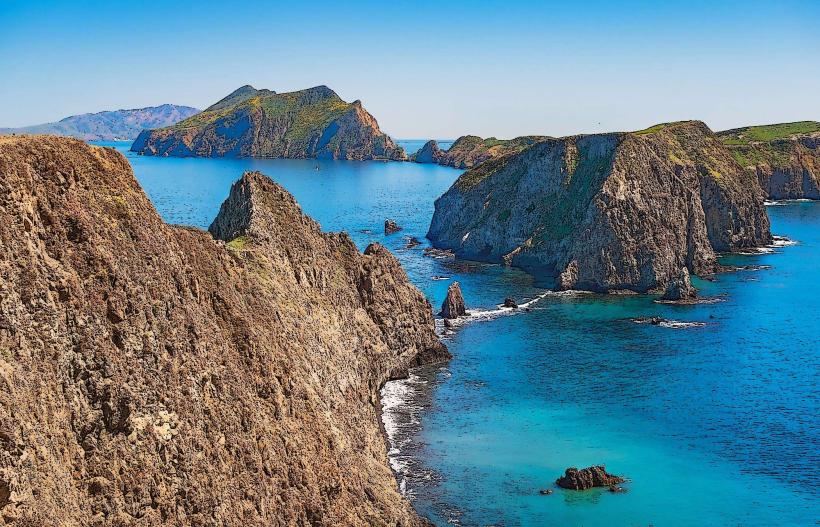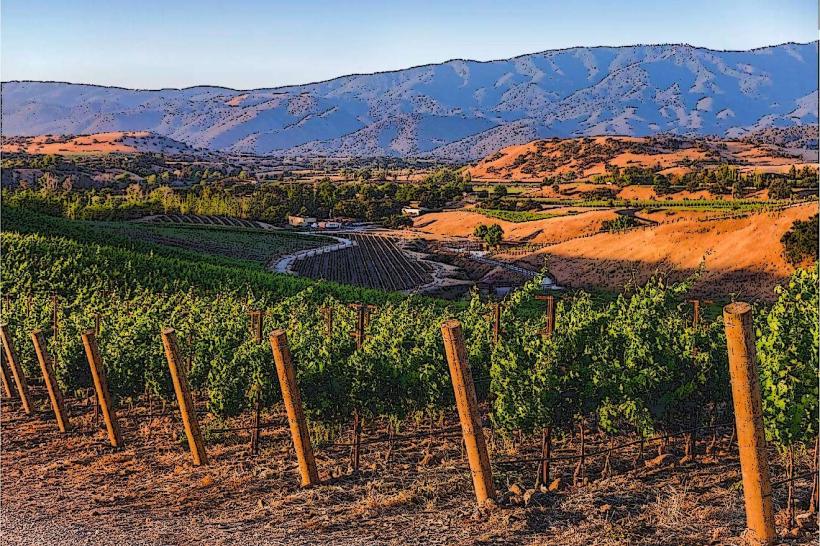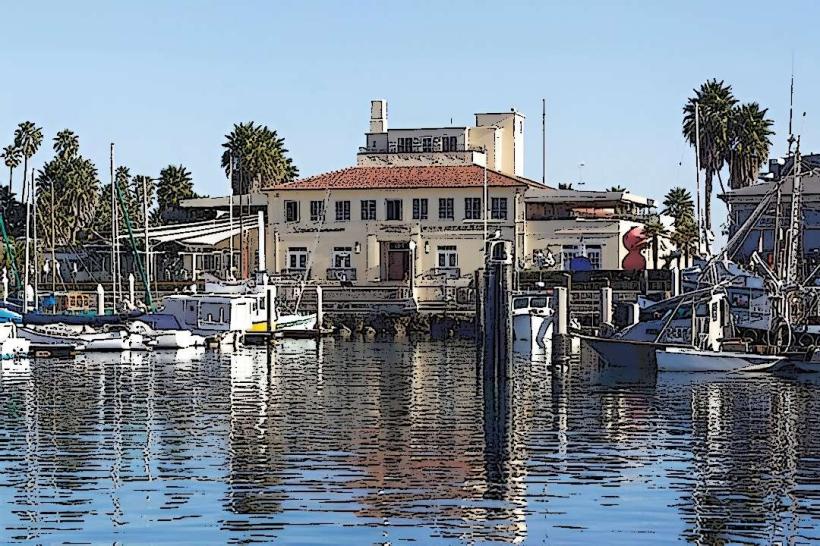Information
Landmark: Mission Santa BarbaraCity: Santa Barbara
Country: USA California
Continent: North America
Mission Santa Barbara, Santa Barbara, USA California, North America
Mission Santa Barbara, often referred to as the "Queen of the Missions," is one of the most historically and architecturally significant landmarks in California. Here’s a detailed look at the mission:
Overview
Full Name: Mission Santa Barbara de la Exaltación de la Santa Cruz
Location: 2201 Laguna Street, Santa Barbara, CA 93105
Founded: December 4, 1786
Founder: Father Fray Fermín de Lasuén, a Spanish Franciscan missionary
Architectural Style: Spanish Colonial Revival
Historical Significance
Mission Santa Barbara was the 10th of 21 California missions established by the Spanish. It was created to spread Christianity to the native Chumash people who lived in the region. The mission played a significant role in the Spanish colonization of California and became a focal point of Spanish influence in the area.
It’s known as “the Queen of the Missions” due to its magnificent architecture, prominent location, and the role it played in the history of Santa Barbara. The mission is also one of the only ones in California that has remained under continuous religious use since its founding.
Over time, the mission experienced several reconstructions and restorations, especially after natural disasters like earthquakes, which caused significant damage to the structure.
Mission Grounds and Architecture
Mission Church:
The Mission Church is the heart of the complex and features a beautifully restored Baroque-style altar with a stunning painted ceiling and wooden pews.
It has a series of historic paintings and other religious artifacts that have been preserved throughout the years.
Bell Tower:
The mission's bell tower contains five bells, which were cast in the early 1800s and still ring today. The bell tower has been rebuilt several times but retains its traditional charm.
Gardens:
The mission is known for its lush, well-maintained gardens, including a beautiful rose garden, palm trees, and other plants typical of Spanish colonial architecture.
The Mission’s Courtyard Garden is especially noteworthy for its peaceful atmosphere and attractive greenery.
Historic Buildings:
The mission complex includes a museum, old living quarters, and the Mission's original workshop. These areas offer visitors a chance to step back in time and learn about the daily lives of both the missionaries and the indigenous people who were affected by Spanish colonization.
The Mission’s Archives:
The mission’s archives house historical documents, books, and records, providing insights into the lives of the Chumash people and the Spanish settlers.
The Cemetery:
The mission cemetery contains the graves of many Chumash people as well as early Spanish settlers. It's a solemn and reflective part of the grounds, offering visitors a deeper understanding of the historical context and the people who lived and died there.
Visiting Mission Santa Barbara
Hours of Operation:
Open Daily: 9:00 AM - 5:00 PM
Closed on Christmas Day and Thanksgiving Day.
Admission:
Adults: $15
Children (under 18): Free
Mission Museum: There’s a small museum with exhibits on the history of the mission and the Chumash people.
Mission Museum:
The Mission Museum offers fascinating exhibits about the mission’s history, Spanish colonial life, and Chumash culture. Artifacts include religious relics, native tools, and paintings that were part of the mission’s history.
Gift Shop:
The Gift Shop offers a variety of items related to the mission’s history, including religious artifacts, books, and local handcrafted goods.
Tours:
Guided Tours are available to help visitors understand the history and architecture of the mission in greater detail. The guides provide insights into both the Spanish and indigenous histories tied to the mission.
Accessibility:
The mission is wheelchair accessible, with parking and restrooms that meet accessibility standards.
Cultural and Religious Importance
Mission Santa Barbara has remained a functioning Catholic parish for over 200 years, hosting regular masses and religious ceremonies. It is also an important cultural hub for the local community, hosting events, religious services, and educational programs about California’s history.
The mission is also a significant center for preserving Chumash culture. It works closely with local indigenous groups to preserve their history and traditions, some of which have been lost over time due to colonization.
Nearby Attractions
Santa Barbara Botanic Garden: This is just a short drive from the mission and features over 1,000 species of plants native to California.
The Santa Barbara Museum of Art: Located downtown, this museum offers a wide range of art exhibits, including works related to California’s history.
Old Mission Creek and its Walking Trails: Just behind the mission, this area provides lovely walking paths where visitors can enjoy the natural beauty of the region.
Conclusion
Mission Santa Barbara is a historical, spiritual, and architectural landmark that provides deep insights into California’s colonial past and the impact of Spanish missionary work on the indigenous populations. With its beautiful gardens, grand church, and museum, it’s a place that educates and inspires, offering a glimpse into the complex cultural heritage of the region. Whether you're interested in history, architecture, or simply seeking a peaceful place of reflection, Mission Santa Barbara remains one of the most significant sites in California.

